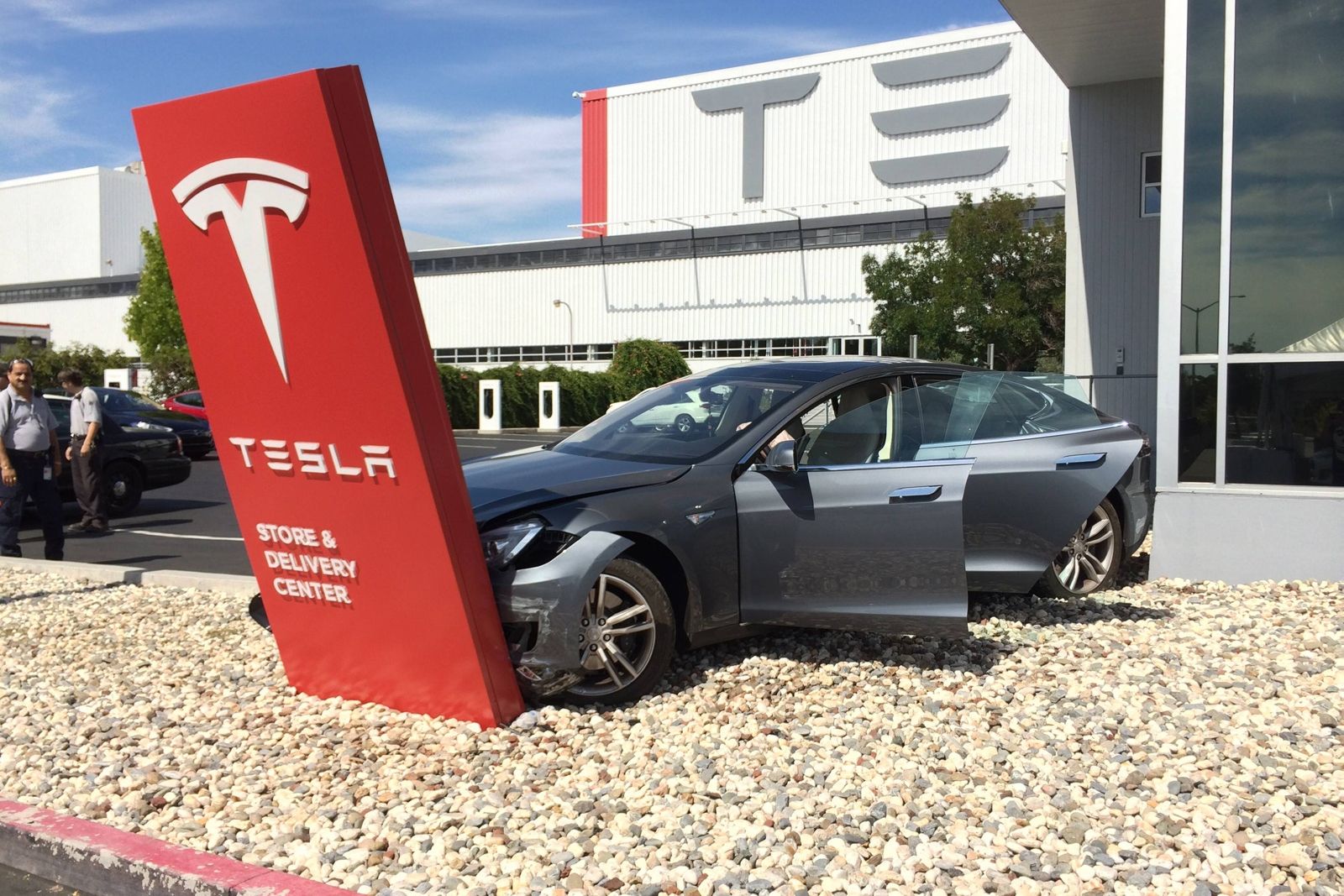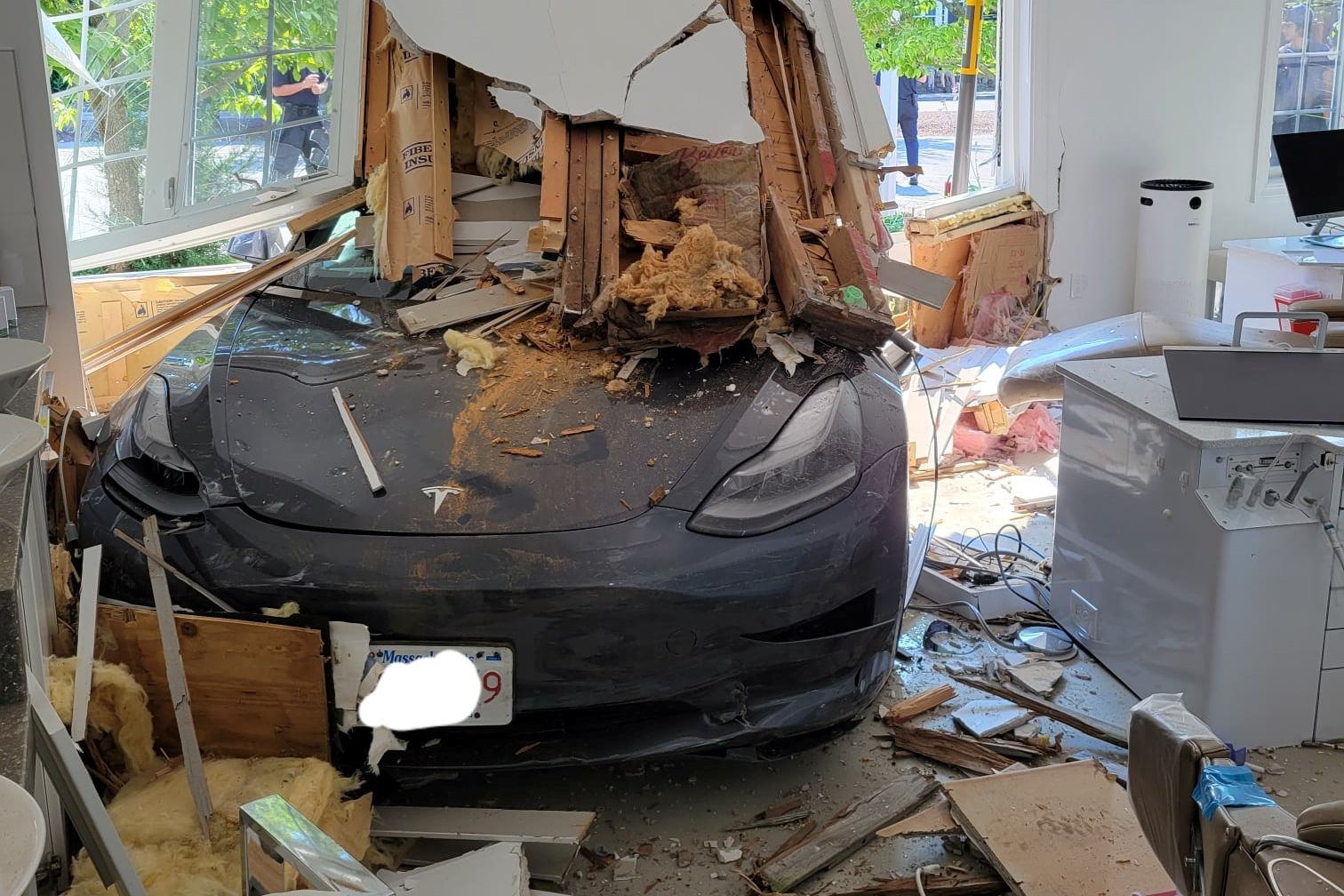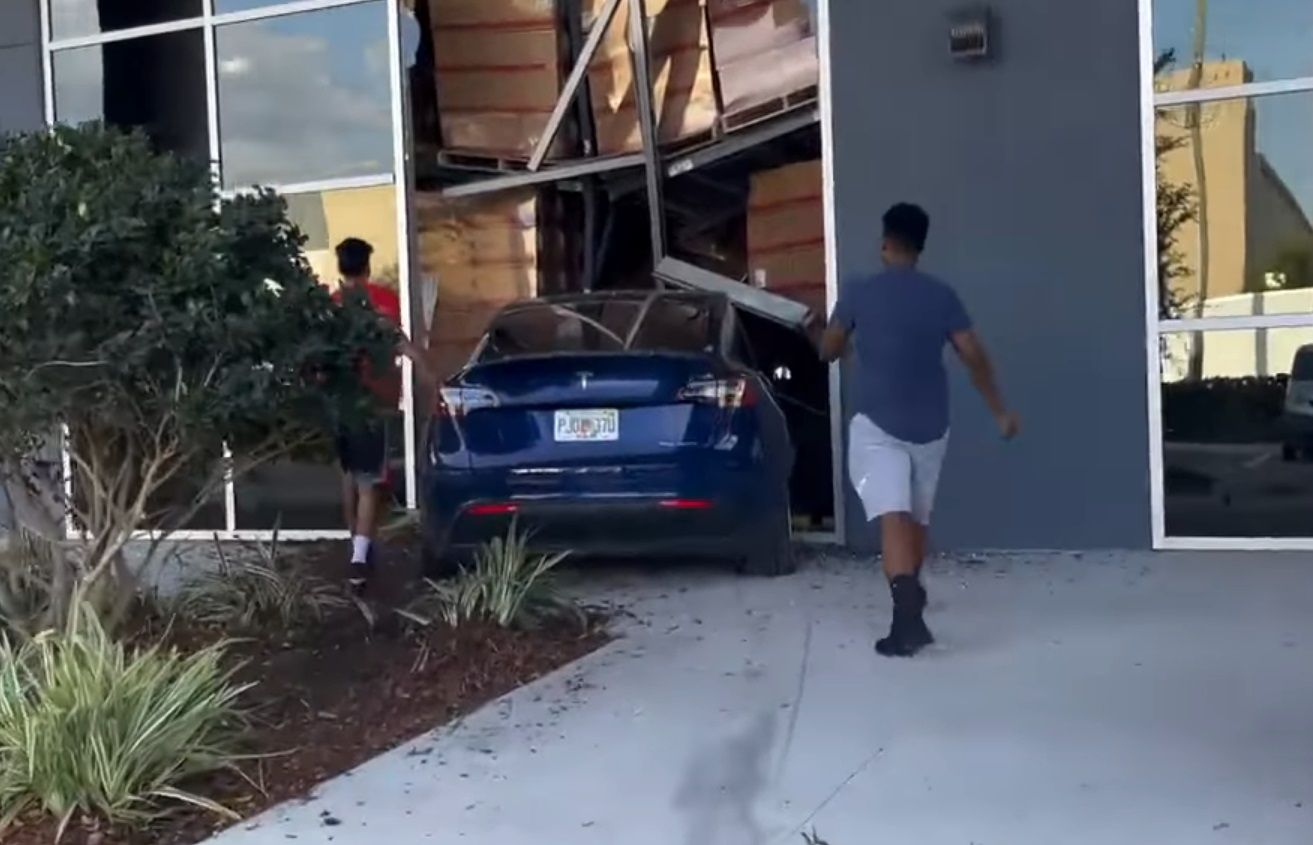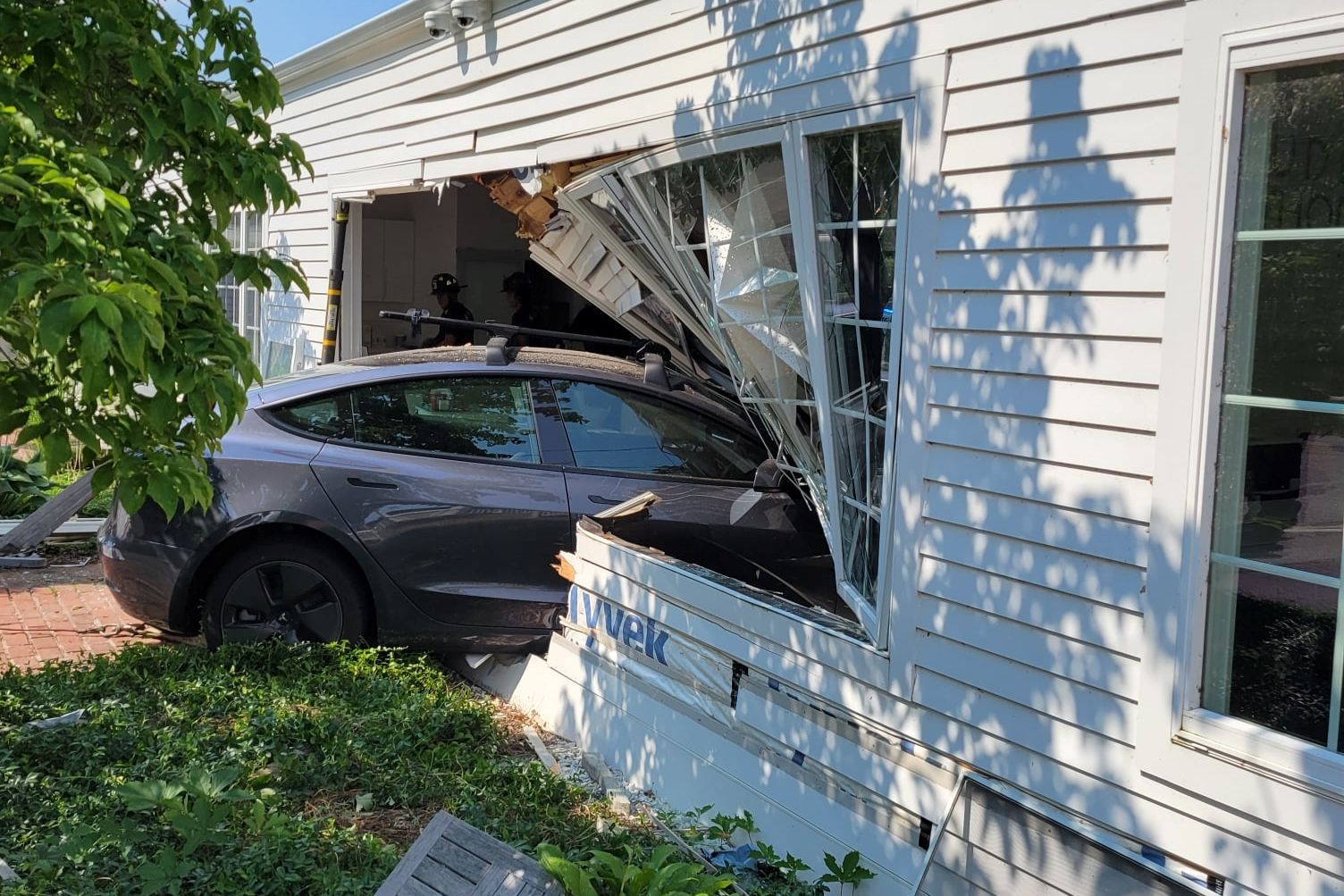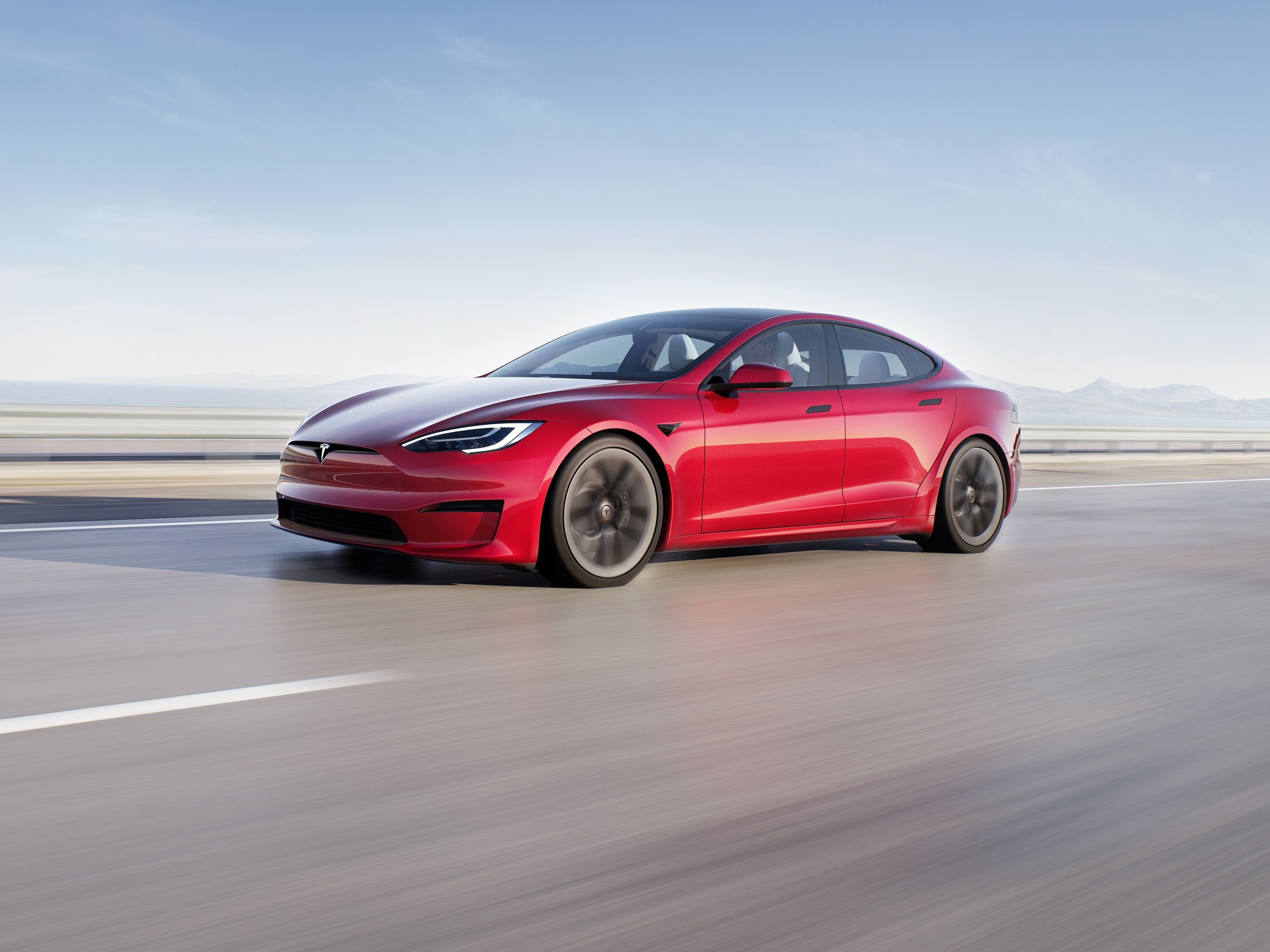
An accident investigator has sent a motor vehicle defect petition to the National Highway Traffic Safety Administration, asking it to recall all Teslas produced from 2013 to the present day. Greece-based mechanical and aeronautical engineer Costas Lakafossis claims that all Teslas are missing a critical interlock feature and specific Autopilot features that contribute to the "increased likelihood of driver errors in the form of pedal misapplication." In layman's terms, Lakafossis is talking about unintended acceleration.
The petition relates to all cars equipped with Autopilot, which is not standard fitment in the USA. Even when the driver is in full control of the car, there are various advanced driver-assist features working in the background. One of these features is Autopark, which can stop the car and shift it into reverse without the driver touching the brake pedal.
Interestingly, the US government has rules in place for Brake Transmission Shift Interlock (BTSI) systems, but only for vehicles equipped with an automatic gearbox with a "park" position. The official document from the Office of Vehicle Safety Compliance does not mention an interlock system for shifting between drive and reverse, though it may be revised following several cases of unintended acceleration, not limited to Tesla.
Lakafossis points to BTSI systems in his petition: "It has been proven beyond any doubt that the BTSI feature of automatic gearboxes of the '80s has successfully mitigated the risk of SUA [sudden unintended acceleration] during start-up and successfully trained millions of drivers to always press the brake pedal before moving off."
He also points out that, in 2010, BTSIs were made compulsory within the parameters mentioned earlier.
"There is absolutely no need and no reason behind the decision to allow the driver to select reverse gear and wait for the car to stop by itself, and then reverse without ever pressing the brake pedal," Lakafossis wrote. "This is not an oversight but a feature, a choice that puts marketing before safety."
Lakafossis advises that automatic braking should be used as a safety feature, not for added comfort. He claims that encouraging drivers not to interact with the pedals creates dangerous driving habits. According to Lakafossis, drivers tend to become complacent and panic when something new interrupts a procedure they've grown accustomed to. They then stomp down, wanting to hit the brake, but stomp on the accelerator instead. It's worth mentioning that these kinds of incidents have been around for as long as cars have been equipped with automatic transmissions.
The full petition is a hefty document, but we doubt Lakafossis will get his way. As pointed out in the petition, one of the main reasons is the lack of statistics. Many SUA cases don't involve a fatality and go unreported, and SUA is not an accepted universal classification.
Cases of EV-related unintended acceleration are almost as old as the Model S, but Lakafossis only has beef with models built after 2013.
As a fix, Lakafossis has two solutions. Thanks to Tesla's over-the-air update system, the engineers can type a few lines of code and add an interlock system. Alternatively, he has another idea. Basically, a mushroom-shaped killswitch on the dashboard could immediately engage the brakes and bring the car to a complete stop. Somehow, we don't think Tesla owners will appreciate a Super Mario Bros-like mushroom killswitch stopping them from driving into stuff.
Moreover, adding a physical killswitch to a car would serve as acknowledgment of the problem, which would cast more doubt on the brand as a whole. No automaker is going to retrofit a big button that effectively says, "Press me when this car inevitably charges forward uncontrollably."
The only viable solution is the OTA update, but without pressure from the NHTSA and with the support of fanboys, Tesla will likely stick with the current system.

